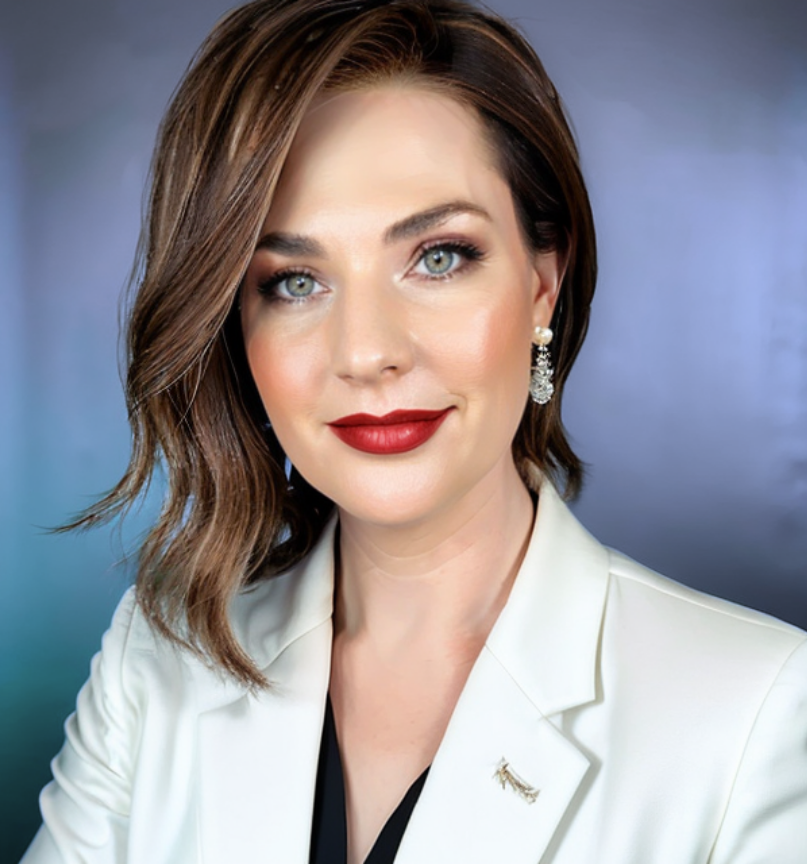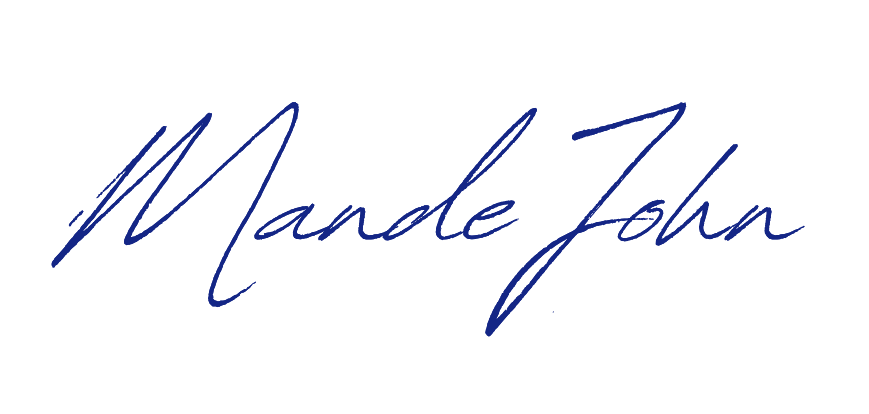ADHD Burnout: Why It Hits Different and How to Break the Cycle
ADHD burnout doesn’t creep up slowly. It comes from living in extremes.
One day you’re hyperfocused, working nonstop. The next, you’re scrolling through Netflix, unable to get off the couch. That cycle is exhausting—and it’s not your fault.
Today we’re exploring what ADHD burnout really is, why it happens so differently for us, what the science reveals, and most importantly—how to recover and prevent it from taking over your life.
My Personal Burnout Cycle
For years, burnout was my constant companion. I would overwork and overdo until I couldn’t anymore. Then I’d stay in bed, stuck on my phone, playing mindless games or watching TV for days—just doing the bare minimum to get by.
When I finally emerged, I’d scramble to fix everything that had fallen apart while I was checked out. Then the cycle would start again.
And I’m not alone. Research shows that 70-80% of ADHD adults report frequent burnout symptoms in work or daily life.
ADHD Burnout: More Than Just Being Tired
ADHD burnout isn’t just exhaustion. It’s:
- Feeling anxious and overwhelmed
- Mental confusion about what even matters anymore
- Physical depletion that rest doesn’t fix
- Emotional numbness alternating with intense frustration
So why does this happen to us so intensely?
The Science Behind ADHD Burnout
1. Executive Function Depletion
ADHD brains constantly work harder to:
- Plan and prioritize
- Regulate emotions
- Maintain focus
- Switch between tasks
It’s like running on a smaller battery that drains faster than neurotypical brains.
2. The Masking Tax
Many of us expend enormous energy trying to appear neurotypical. This performance—holding it together at work, managing impulses, appearing organized—eats up our reserves. When the mask comes off, we’re completely wiped out.
3. The Dopamine Roller Coaster
Hyperfocus feels amazing, but it’s like sprinting. When the dopamine drops, so does your energy—and the crash hits hard. This isn’t a character flaw; it’s neurochemistry.
4. Overcommitting Without Time Awareness
Our enthusiasm is big, but our time perception is tricky. We say yes to too much, underestimate how long things take, and end up paying the price.
The Physical Reality of ADHD Burnout
Burnout isn’t just mental—it’s deeply physical. Allostatic load theory from Bruce McEwen and Elliot Stellar shows that chronic stress puts wear and tear on the body.
For ADHD adults, stress is constant from:
- Looming deadlines
- Emotional regulation challenges
- Chronic disorganization
- Social navigation
This creates a higher allostatic load, which:
- Drains energy
- Weakens immunity
- Disrupts hormones
- Leaves you feeling perpetually worn out
The Sleep Connection
Dr. Matthew Walker’s research shows sleep is where the brain restores focus and energy. But ADHD brains often struggle with:
- Staying up too late (revenge bedtime procrastination)
- Restless sleep
- Not waking up refreshed
When sleep is disrupted, burnout symptoms like irritability, poor focus, and impaired decision-making are magnified.
Recovery: Taking the Pressure Off
If you’re already in burnout, the first step isn’t pushing harder—it’s taking the pressure off.
Here’s what helped me break the cycle:
1. Not Overdoing the Recovery
Instead of trying to fix everything at once when energy returned, I learned to:
- Set clear beginnings and endings to my work day
- Resist the urge to “make up for lost time”
- Accept that recovery is part of the process
2. Building in White Space
I ensure at least 1-2 hours of unscheduled time daily—time where I can:
- Rest without guilt
- Follow impulses
- Do absolutely nothing
- Let my brain wander
3. Prioritizing True Rest
This means:
- Quality sleep (not just hours in bed)
- Quiet time without stimulation
- Movement that feels good
- Connection with people who don’t drain me
One client used to hit burnout every two months. When she started building in white space and treating recovery as part of productivity, she doubled her consistency and stopped crashing so hard.
Key insight: Rest isn’t the opposite of productivity—it’s the fuel for it.
Prevention: Building a Sustainable Life
Prevention means creating a life that restores you before you hit the wall. For me, this meant designing what I call my “perfect week.”
The Perfect Week Framework
Surprisingly, it was more about doing less than getting more done:
- Decide on the most important things in business/life
- Cut out everything else
- Schedule “me first”: workouts, work blocks, walks, rest
- Everything else fits around these anchors
This shift completely changed how I showed up and kept me from overcommitting.
What the Experts Say
Ari Tuckman teaches that consistent routines and proactive planning prevent the chaos that triggers burnout.
Dr. Edward Hallowell reminds us that ADHD adults thrive with structures of support:
- Coaching
- Accountability
- External reminders
These aren’t weaknesses—they’re guardrails.
Organizational psychology research shows recovery is most effective when we fully disengage from work. Not half-working or checking email, but real psychological detachment so your brain can recharge.
One Simple Boundary That Changed Everything
I put my phone in another room after 7 PM. This simple choice gave me real recovery time and kept burnout from sneaking back in.
Recognizing the Warning Signs
Burnout is real, and you can learn to recognize the signs before you’re in it. This awareness is a skill—and the more you practice it, the stronger it gets.
Early warning signs include:
- Increasing irritability
- Dreading commitments you usually enjoy
- Physical tension that won’t release
- Sleep disruption patterns changing
- Feeling behind no matter how much you do
Your Next Steps
Ask yourself this week:
- Where am I pushing past my limits?
- What’s one small way I can build in recovery before I hit burnout?
Start there. Small shifts add up.
Remember:
- You’re not lazy
- You’re not broken
- You’re exhausted
- Exhaustion requires care, not shame
The Bottom Line
The goal isn’t just to survive ADHD burnout—it’s to build a life where you can actually thrive. This means accepting that your brain works differently and designing your life accordingly.
Want help spotting burnout earlier? Grab my free Burnout Warning Signs checklist at www.learntothrivewithadhd.com/burnout.
What’s your biggest challenge with ADHD burnout? Share your experience below—you’re not alone in this.
Have a question about ADHD? Send it to me at speakpipe.com/learntothrivewithadhd and I might feature it in a future episode!



